The Versatile Number Line
One and one is two
Two and two is four
Subtraction and division is less
Addition and multiplication means more.
A fraction is a piece
A decimal fraction is a part
A percentile fraction is not all
So whole numbers is the place to start.
Start with a simple number line
Between each two numbers a space
Starting at the number zero
Up to twelve you may trace.

Twelve is a remarkable number
So much can be done with it
With its factors and facts galore
Make studying twelve a habit.
Six numbers can divide twelve
And nothing will be left over
One, itself, two, three, four and six
What an interesting small number!
Explore it on the number line
And compile its interesting stats
Have fun leaping forward and back
And then memorise these facts.

The number line is an aid
From which we can learn much Math
When we learn to use it properly
It takes us to the top of the class.
Examine the number line
Study its numbers and spaces
Learn mathematics from its source
And watch the smiling faces.

What a versatile teaching aid!
Not only whole numbers does it teach
But if we explore its many spaces
The fractions we will also reach.
In each space there are halves
And quarters, fourths and fifths
And in that single space
There is an infinite fraction list.
Not only whole numbers and fractions
You’ll find on the number line
Mixed numbers are also there
You can find them anytime.
With a leap beginning at zero
Reach the space between five and six
Find five and a half and five and a quarter
And many more numbers of that mix.

Besides the unit fractions
Of one-half, one-quarter and one-third
We can create two-thirds and three-quarters
Try it out; don’t just take my word.
And if we magnify one of these spaces
Up to one hundred spaces or so
There are decimal fractions and percent
On the number line there is so much we can know.
On the number line we can add
On the number line we can subtract
On it we can divide and multiply
And calculate multiples and facts.
It can be used to learn algebra
It is used to measure our shapes
It is the basis for fitting exactly
Take a look at the measuring tape.

It can be seen on a grid
It is clearly shown on a graph
It is crucial to problem solving
In learning mathematics it’s the path.
Yet some consider it ancient
And not relevant for today
But it’s a simple remarkable instrument
If we use it in the proper way.
So adopt the number line
And adapt it to each grade
As you explore its versatility
You’ll find it’s a remarkable teaching aid.
I trust these verses of poetry
Would be an advert at this time
As the alphabet is to language
To mathematics it’s the number line.
Stewart Russell © 2016
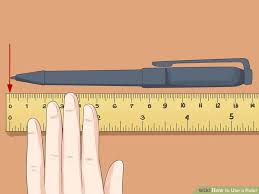
Do not use as percussion sticks
Start with paces and hand spans
Then you will see the need for a rule
I can obtain a ball of string
The Flexible Rule
Somewhat like the number line
Is the rule or the measuring stick,
Once we used the Imperial rule
But these days it is mostly metric.
It is made of wood in some cases
But many are also made of plastic,
Not as popular is the metal rule
But any of them will do the trick.

Do not use as percussion sticks
Or to make music on your desks,
A damaged rule that cannot measure
Is nothing more than useless.
The rule is an important member
It should be in the mathematics pack,
A schoolbag without the essential rule
Is travelling down the wrong track.
Do not use it to introduce measurement
Bring it further down the line,
For measuring without a true concept
Is most difficult to refine.

Start with paces and hand spans
Measure the desks and the floor,
Then move outside to the corridor
And the playing field
If you need to measure more.

Then you will see the need for a rule
With the varying paces and hand spans,
For students come in different sizes
And also their paces and hands.
Use the rule to measure the paces
Use the rule to measure the spans,
Then create a problem in mathematics
And see if the pupils can make a plan.
It would be quite tedious
Measuring the corridor with a rule,
But to find the size of my pace
The rule would be an important tool.
For now knowing the size of my span
And knowing the measure of my pace
I can calculate using the rule
The measure of almost any place.

I can obtain a ball of string
And then wrap it around a tree,
To learn the measure of its diameter
The rule would come in quite handy.
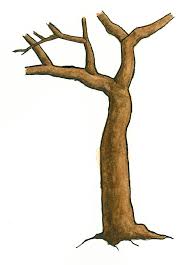
Use the rule to measure the string
It is the same measure as the tree,
And knowing the measure of the string
Will be the diameter’s measure exactly.
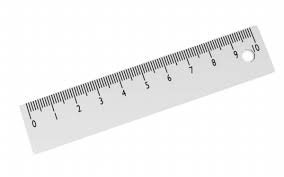
A procedure to bear in mind
The rule comes after the number line,
Both show the zero coming first
In measuring remember that every time.
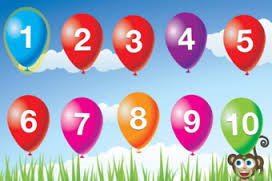
It’s different from counting items
Where the first item is number one,
On the rule there are spaces
Like the paces used to measure the lawn.
I trust the foregoing fourteen verses
Have shown the importance of the rule,
Notwithstanding its shape and rigidity
It can be a flexible measuring tool.
Stewart Russell © 2016
The Multifaceted Grid

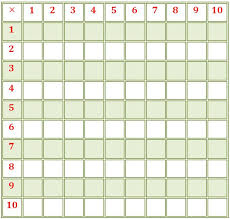
On the vertical axis could be the rule

Next would come sixteen and twenty-five

Or equivalent fractions we should see

Multiplication would make more sense
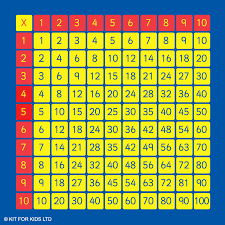
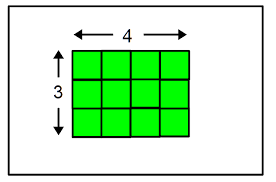
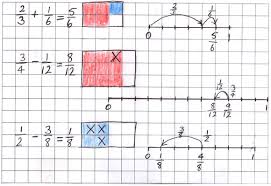
The grid facilitates both operations

By now you should have realised
The Multifaceted Grid
You have had the versatile number line
And you have had the flexible rule,
Let us not forget, however,
There is another marvellous tool.
And what is particularly interesting
Is the way the three are linked
For when we include the grid
We see how beautifully they sync.
Yes, the multifaceted grid is next
On the list of mathematical tools;
It can be made up with a number line
Or perhaps a measurements rule.
On the vertical axis could be the rule
With one on the horizontal as well,
And a simple maneuver across and down
One would its area tell.
Or perhaps it could be a grid
With multiples of numbers from one to five
Showing common multiples and fractions
Making mathematics come alive.
We would also be able to ascertain
A list of consecutive squares
As we proceed along the diagonal
Of those squares we would be aware.
Can’t you see that number grid
Starting with the smallest square?
The square of one then two and three?
Yes! One, four and nine would soon appear.
Next would come sixteen and twenty-five
Then thirty-six and forty-nine
And if we extend the size of that grid
Many more squares we would find.
Or equivalent fractions we should see
As the multiples increase or decrease;
One-third would be equal to three-ninths
As the multiples proceed from the least.
Reduction of fractions would be clear
Just take the opposite direction,
Four-eighths, two-fourths and one-half
Already you should be having fun.
Multiplication would make more sense
As we examine the area model
And division too would fall into line,
The grid would simplify that puzzle.
On the grid you should see the interaction
Between multiplication and division;
Here there is a wonderful attraction
As we process each operation.
One to four along the vertical
And one to three along the horizontal
Produces twelve squares in the area
And there we have our rectangle.
Hence we have a beautiful interplay
Between multiplication and division
Right there on our grid
I trust I have your attention.
One basic thing to keep in mind
When operating division on the grid
The vertical is always the divisor
Never the quotient, math forbids.
So much mathematics on the grid
Hence its multifaceted appeal
And once the teachers take the time
So much on that grid can be revealed.
As I bring this poem to an end
At two other aspects I’ll take a look:
There are subtraction and addition,
I know it doesn’t appear so in your book.
But having mastered these operations
It doesn’t matter with which you start,
So subtracting fractions could come at first
And from the old tradition you could depart.
The grid facilitates both operations
When combined with fractions equivalence;
The Least Common Multiple appears
In a subtraction or addition instance.
One-half, two-fourths, three-sixths
With one-third and two-sixths compared,
From three-sixths two-sixths I take
And presto!
One-sixth appears.
Whenever we add or subtract
Our terms must be alike
Hence one-half added to one-third
Becomes five-sixths; that’s right!
By now you should have realised
The multifaceted-ness of the grid,
Combined with the rule and number line
For these three how much do you bid?
You've seen the versatile number line
And you have had the flexible rule
Let us not forget, however,
The grid is a multifaceted tool.
Stewart Russell © 2016
No comments:
Post a Comment